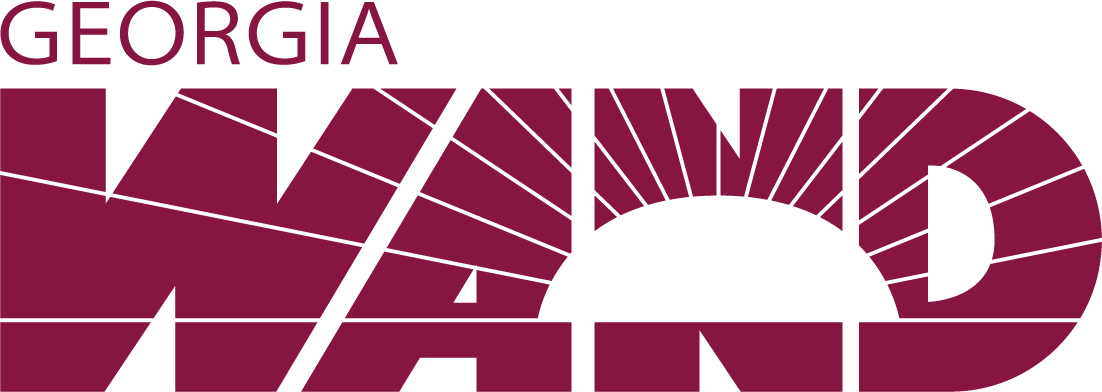

Real Estate
We advocate for using real estate to support the wellbeing of communities.
Homeownership is one of the primary ways individuals and families are able to build generational wealth. The racist practice of redlining, which began in the 1930s and continues today, denies home loans to residents in certain areas based on race or ethnicity. The impacts of redlining are apparent in the persistent racial and ethnic segregation we see in many cities and in the underdevelopment of formerly redlined areas which, due to lack of investment, failed to flourish. We also see the lasting impacts of redlining in the low rates of homeownership among Black Americans, which have barely risen since the 1970s.
As outlined in the Redlining and Environmental Racism paper, after the New Deal redlining preyed on marginalized communities for new manufacturing facilities, warehouses, and highways—all of which are impervious surfaces that absorb heat. A study on 108 U.S. urban places showed that land surface temperatures are about 36 degrees Fahrenheit warmer in past redlined neighborhoods. The dangerous heat levels we see today can be linked to a combination of heat-trapping infrastructure, inadequate government investment in canopy cover, and minimal access to green spaces that cool down the city.
Exposure to extreme heat and other climate hazards have negative effects on human health. For example, prolonged high temperatures can lead to heart and lung complications that may be deadly or severely impact quality of life. Research has shown that these challenges are felt stronger in formerly redlined locations where heat is exacerbated and there is often less access to air conditioning and healthcare. People living in neighborhoods shaped by redlining can have shorter lifespans up to 30 years less than other nearby areas in the same city.
A 2019 study showed that Atlanta ranked number 7 out of cities with the lowest rates of black homeownership in the country.
Income inequality, lack of access to capital and exclusionary zoning laws are just some of the systemic barriers to homeownership for BIPOC. Research has shown that homeownership provides a range of benefits for families and communities including: improved social and emotional health for children, increased civic engagement/community involvement, and stable neighborhoods with high rates of homeownership generally experience less violent crime.
To ensure the “American Dream” is within reach for ALL Americans, Georgia Wand is working to advocate for policies that will improve economic mobility, end discriminatory housing practices for under-resource and underserved communities prone to environmental burdens, exacerbated by climate change to bring needed investment back to our neighborhoods.
Since Peoplestown sits on a low basin, the more the city was built up after the Olympics, the more Peoplestown was inundated with stormwater runoffs from the concrete that smothers the ground of the city. “We have all of this development happening around us, but we still have that same stormwater sewage system that was not made to accommodate this much growth,” Washington explains. “So we end up with floodings.”
Learn more about why real estate is a social justice issue:
Redlining and Environmental Racism by By Danielle Vermeer (University of Michigan School for Environment and Sustainability (SEAS) MS '22) August 16, 2021
Closing the Gaps: Building Black wealth through homeownership, Urban Institute, 2020
Black Americans and the Racist Architecture of Homeownership, NPR, 2021
Exclusionary Zoning: Its Effect on Racial Discrimination in the Housing Market, The White House Council of Economic Advisers, 2021
Formed in 1947, the mission statement of the National Association of Real Estate Brokers is “Democracy in Housing”. They are a trade association of Black real estate professionals who work to improve the state of housing in Black America.
Learn about the history of redlining and how it impacts the health and wealth of Black Americans.
https://www.aljazeera.com/features/2020/11/30/atlanta-gentrification


Help us lead the way
Defending People, Underserved communities, and our climate future together.
